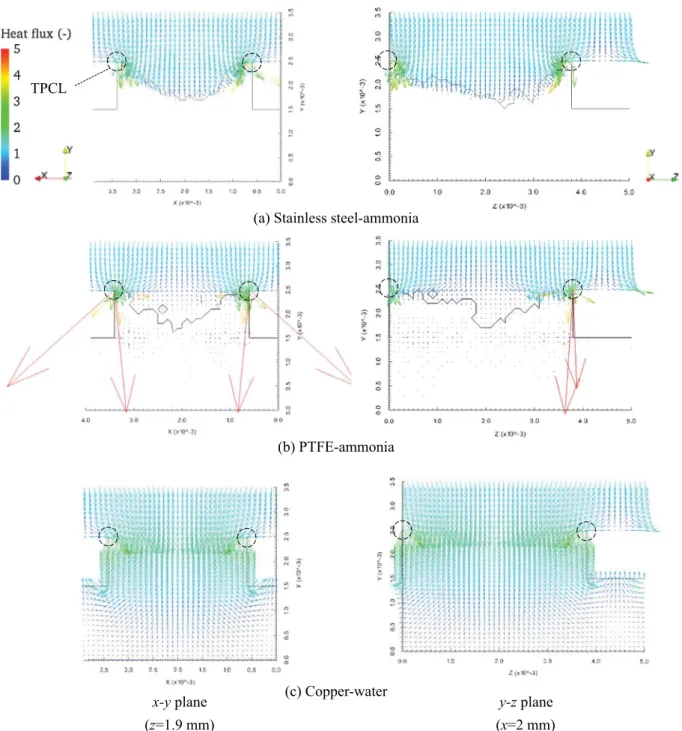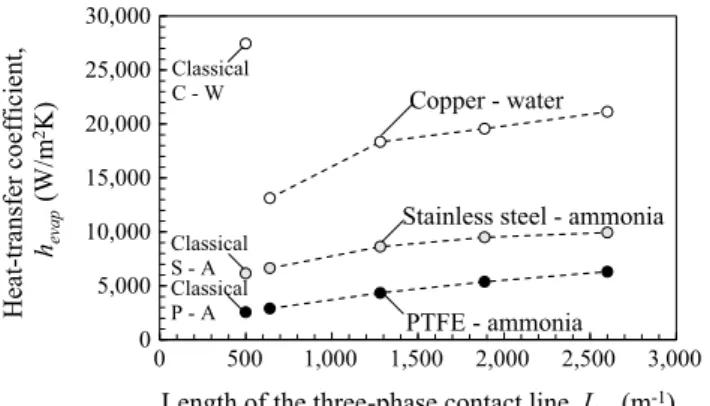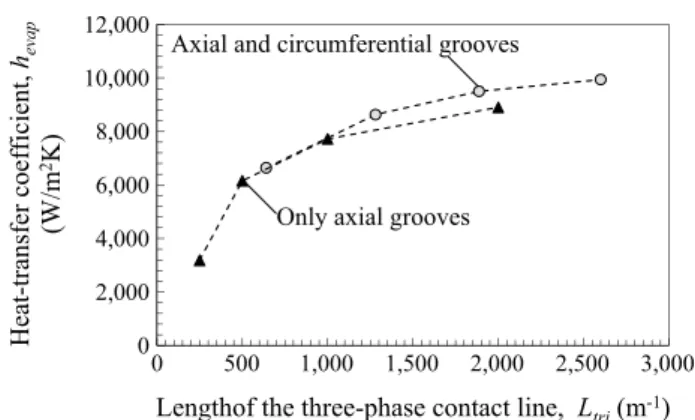Numerama study on heat-transfer characteristics of loop heat pipe evaporator using three-dimensional pore network model
Texte intégral
Figure
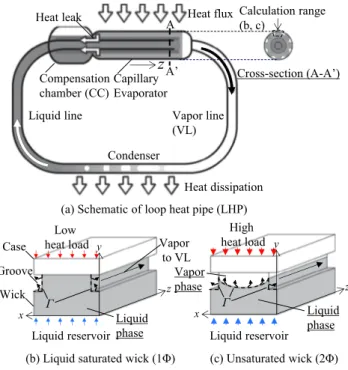


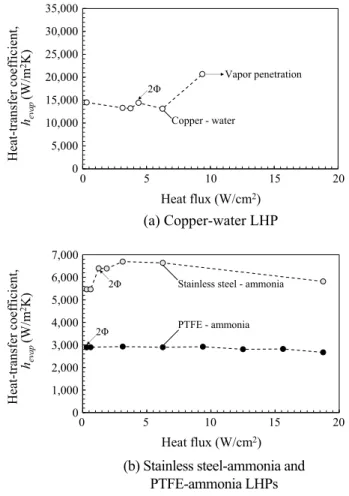
Documents relatifs
Heat losses to the ambient are less dominant for high heat loads whereas the total parasiti heat ux and the evaporation rate are.
The surface phonon polar- itons with > nk 0 have a relatively small MTF but give the dominant contribution to the heat flux due to the large number of contributing modes... 5,
The following parameters were tested for recur- rences and survivals: treatment center; age; T stage at DRE; PSA; number of D’Amico risk fac- tors; MRI parameters such as
En effet, on montrera que σ est autoduale pour une dualit´e que l’on pr´ecisera (essentiellement la contragr´ediente) ; cela entraˆıne que tout sous-module irr´eductible de σ
Through this work the following contributions were made: (1) the fifty freedom and constraint space types were found that may be used to synthesize both parallel
activated and to produce large amounts of type I IFNs that trigger unabated activation of dermal dendritic cells and autoreactive Th17 cells, leading to the development of the
The comparison between the magnetic coupling and electric coupling calculation allows to identify an electric field rejection insufficient above f20dB=164 MHz. This is confirmed
Using the Lipschitz-Killing curvatures, Fu established a Gauss-Bonnet formula and a kinematic formula for compact subanalytic sets (see [Fu2], Theorem 1.8 and Corollary 2.2.2).. In
